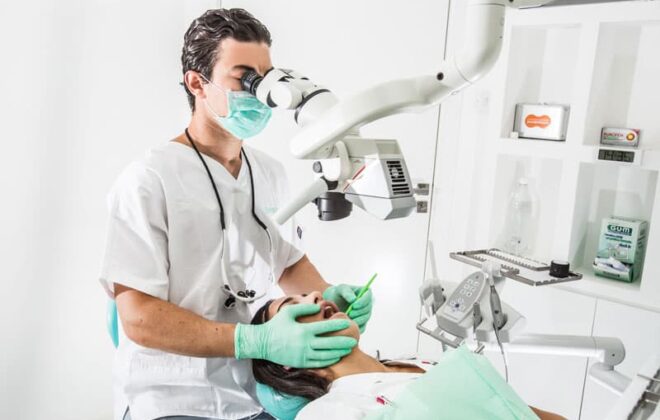When and What to Eat After a Root Canal
A root canal is a treatment used to repair a damaged tooth. The procedure involves removing the diseased or infected portion of the tooth, sealing the canals (pathways into the tooth), and repairing the tooth with a dental crown.
While a root canal is a common outpatient procedure, you may not be sure what to do after having one. This is especially true when it comes to eating, which you can usually do once the local anesthetic medication wears off.
Keep reading to learn more about when — and what — you can eat after getting a root canal.
When to eat after a root canal
Most dentists will recommend waiting to eat until your teeth and gums no longer feel numb after the root canal. This usually lasts a few hours.
It’s important not to eat immediately after a root canal because your gums, and sometimes your tongue, are somewhat numb. This might lead to you biting your cheeks or your tongue, or burning them if you can’t feel that the food you’re eating is too hot.
You also could potentially damage your temporary filling. Dentists typically place a temporary cap over the tooth after a root canal to protect it until the permanent crown is ready.
What foods to eat after a root canal
Eating soft foods is usually the best place to begin. Examples of these foods include:
As your teeth and gums feel less sore, you can likely advance your diet to include additional foods.
What foods to avoid after a root canal
Just as soft foods are beneficial right after a root canal, foods that are hard to chew are less of a good idea. Examples include hard foods such as nuts and seeds. Sticky foods, such as candies, gum, or caramels are also best avoided.
You should also avoid extreme temperatures, such as very cold or very hot foods and drinks. Some tooth sensitivity is common in the immediate period after a temporary or permanent crown is placed.
If your dentist placed a temporary crown until your permanent one is ready, you should likely avoid these food types until the permanent crown is placed.
Usually, when your dentist places the permanent crown, they’ll advise you to refrain from chewing with the crown. This can last anywhere from a few hours to a full day, depending upon the adhesive they used.
Other post-procedure best practices
Experiencing some post-procedure soreness is normal after a root canal. You can usually control this with over-the-counter pain relievers such as ibuprofen and acetaminophen.
Your dentist may also give you other recommendations, including:
- brushing your teeth as normal to maintain good oral hygiene
- refraining from flossing on either side of a temporary crown to prevent dislodging the crown or the material it’s made of
- gargling with salt and water three times per day to reduce inflammation, which you can do by mixing 1/2 teaspoon of salt and warm water, swishing it in your mouth for about a minute, and then spitting it out
If your dentist prescribes antibiotics to reduce the risk of a tooth infection, take the medication as prescribed. This is especially true for taking all of the antibiotics to reduce the likelihood the infection will come back.
When to call your dentist
While most people don’t have severe side effects after a root canal, it’s important to recognize times when you should go back and see your dentist. This can include:
- allergic reaction, such as a rash or itching
- severe pain or pressure in your mouth
- swelling that gets worse instead of better
- fever
You should also call your dentist if your temporary crown or filling comes out, your bite feels uneven, or you experience other worsening symptoms.
Takeaway
If you’re getting a root canal, it’s important to understand when and what you can eat after the procedure.
Generally speaking, once the anesthetic has worn off and your mouth and gums are no longer numb, you’ll be able to enjoy soft foods while working your way back to some of your other favorite dishes.
Your dentist will usually provide you with instructions to follow after your root canal. Make sure to follow up with them about any questions or concerns you have, both before and after the procedure.
Author: Rachel Nall, MSN, CRNA
Article originally appeared at healthline.com



